In the last fifty years, mediation methodology has evolved into a widespread and reliable approach to resolving disputes amicably, effectively, and efficiently. While traditional forms of mediation often involve caucus sessions where parties are separated, and communication occurs through intermediaries, a growing trend towards non-caucus mediation has garnered attention for its innovative approach. As conflict resolution practitioners and mediators, we find ourselves increasingly drawn to this method because it fosters direct communication, promotes understanding, and facilitates mutually beneficial solutions.
Non-caucus or joint or face-to-face mediation starkly contrasts its caucus counterpart. In traditional caucus mediation, parties are separated into different rooms, and the mediator shuttles between them, relaying messages and proposals. While this approach can sometimes be practical, it inherently limits direct communication between the conflicting parties, potentially exacerbating misunderstandings and hindering the discovery of common ground.
In non-caucus mediation, however, parties are encouraged to engage directly with one another in the presence of a neutral mediator. This direct interaction fosters a sense of ownership over the resolution process and empowers parties to express their perspectives, concerns, and interests openly. By promoting transparency and understanding, non-caucus mediation lays a sturdy foundation for building mutually agreeable solutions.
One of the primary reasons why non-caucus mediation is often considered superior to its caucus counterpart is its ability to foster empathy and human connection. When individuals can engage directly with one another, they are more likely to recognize the humanity in their counterparts, thereby diminishing animosity and defensiveness. Humanizing the other party can be a powerful catalyst for resolving conflicts with compassion and respect rather than escalating them through adversarial tactics. This emphasis on human connection is a defining feature of non-caucus mediation, making it a more empathetic approach to conflict resolution.
An added benefit to non-caucus mediation is that it tends to be more efficient and cost-effective than caucus mediation. By eliminating the need for separate sessions and streamlining communication, non-caucus mediation can reduce the time and resources required to resolve the conflict. This efficiency is advantageous in complex or protracted conflicts where timely intervention is crucial to prevent further escalation or harm. This focus on efficiency makes non-caucus mediation a practical and effective approach to conflict resolution.
Non-caucus mediation allows mediators to leverage their skills and expertise more effectively. They facilitate direct dialogue and guide parties toward constructive outcomes. Rather than serving as mere messengers shuttling between rooms, mediators in non-caucus settings play a more active and influential role in guiding parties to shape the resolution process. Non-caucus mediation also offers practitioners a deeper understanding of the underlying dynamics and emotions at play in the conflict. By observing firsthand the interactions between parties, mediators can glean valuable insights into their motivations, concerns, and potential areas of agreement. This nuanced understanding enables mediators to tailor their interventions more precisely and comprehensively address underlying issues.
The benefits of non-caucus mediation are equally compelling for individuals experiencing conflict. Parties can authentically voice their perspectives, needs, and aspirations by participating directly in the resolution process. This sense of agency and empowerment can be transformative, instilling confidence in the viability of the proposed solutions and fostering a sense of ownership over the outcome. This empowerment is a crucial aspect of non-caucus mediation, making it a powerful tool in conflict resolution. It also allows parties to rebuild trust and repair relationships in a safe and supportive environment. Through open dialogue and active listening, parties can overcome communication barriers, cultivate empathy, and forge connections based on mutual respect and understanding. This relational healing is often as valuable as the tangible agreements reached, laying the groundwork for more collaborative and harmonious interactions in the future.
From its inception, non-caucus mediation represented a paradigm shift in conflict resolution, offering a more human-centered, efficient, and empowering approach to resolving disputes. The understanding-based approach is a leader in the realm of non-caucus mediation because it can transform conflicts into growth, understanding, and reconciliation opportunities by facilitating direct communication, promoting empathy, and fostering collaborative problem-solving. As understanding-based conflict resolution practitioners and mediators, we embrace the principles of non-caucus mediation to cultivate meaningful and lasting solutions that honor the dignity and humanity of all parties involved.

